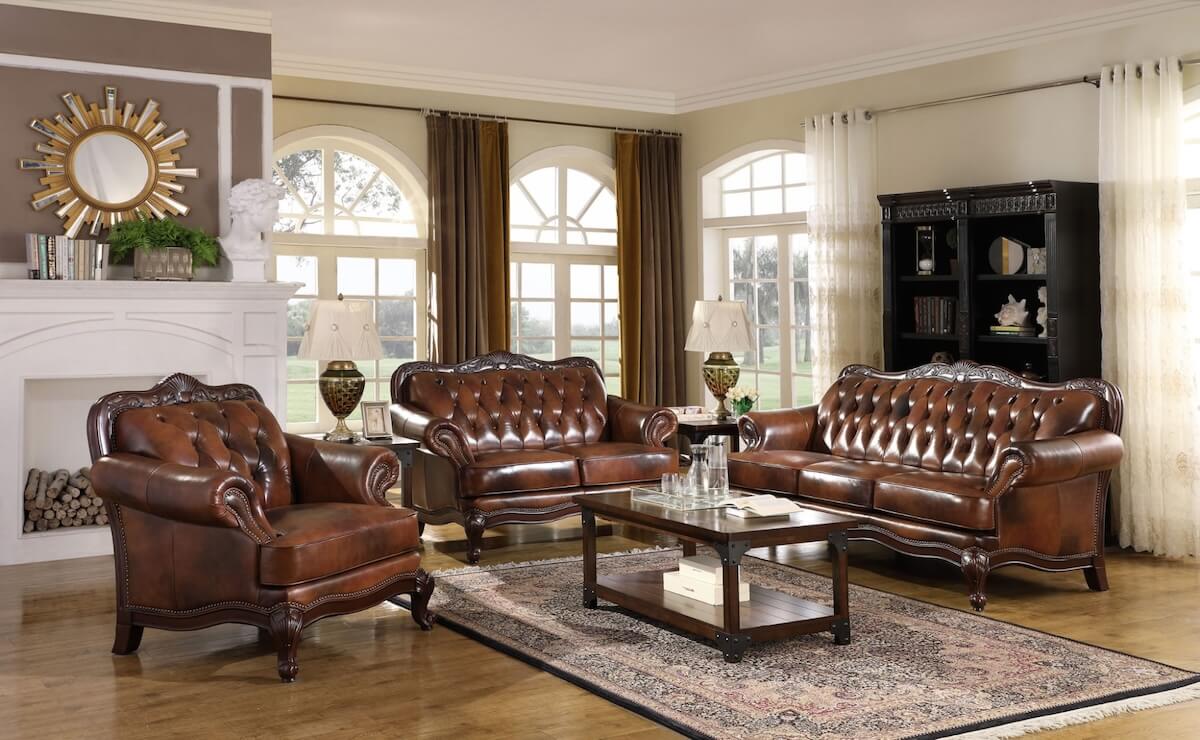Item removed from Wish List!
Item added to Wish List!
We’ll help you master this interior design style so you can create a timeless look in your home — and forge your own traditions.

By clicking “Accept All Cookies”, you agree to the storing of cookies on your device to enhance site navigation, analyze site usage, and assist in our marketing efforts. More Information